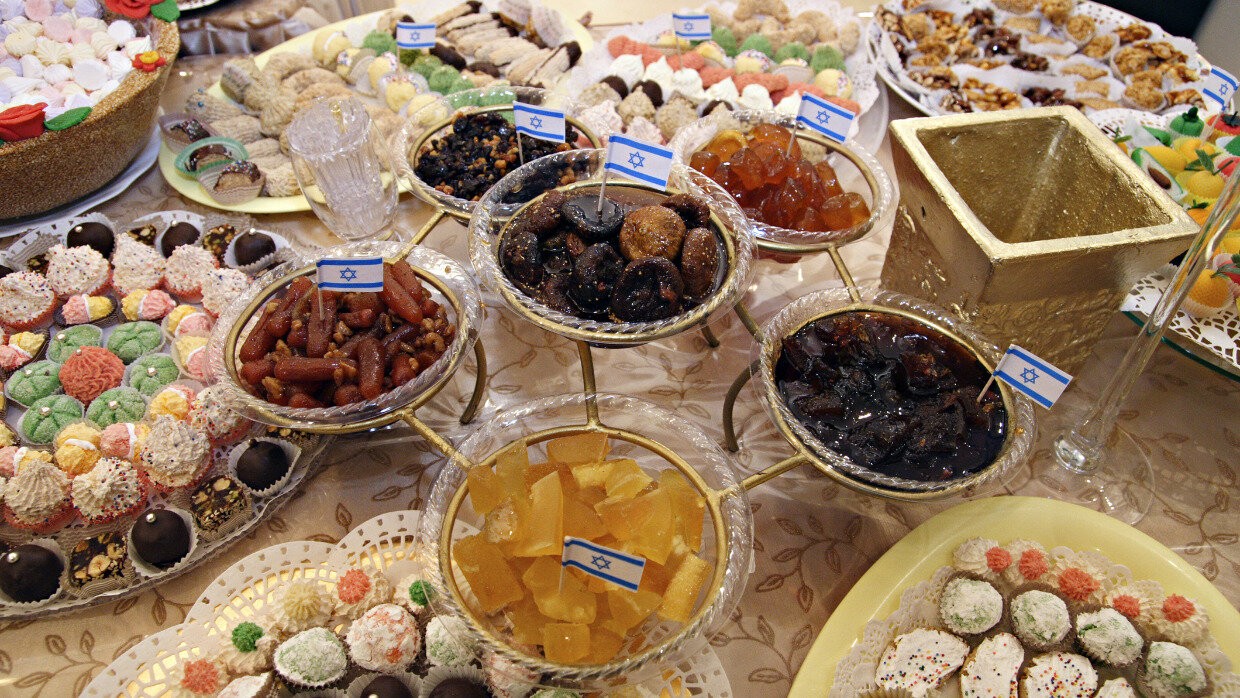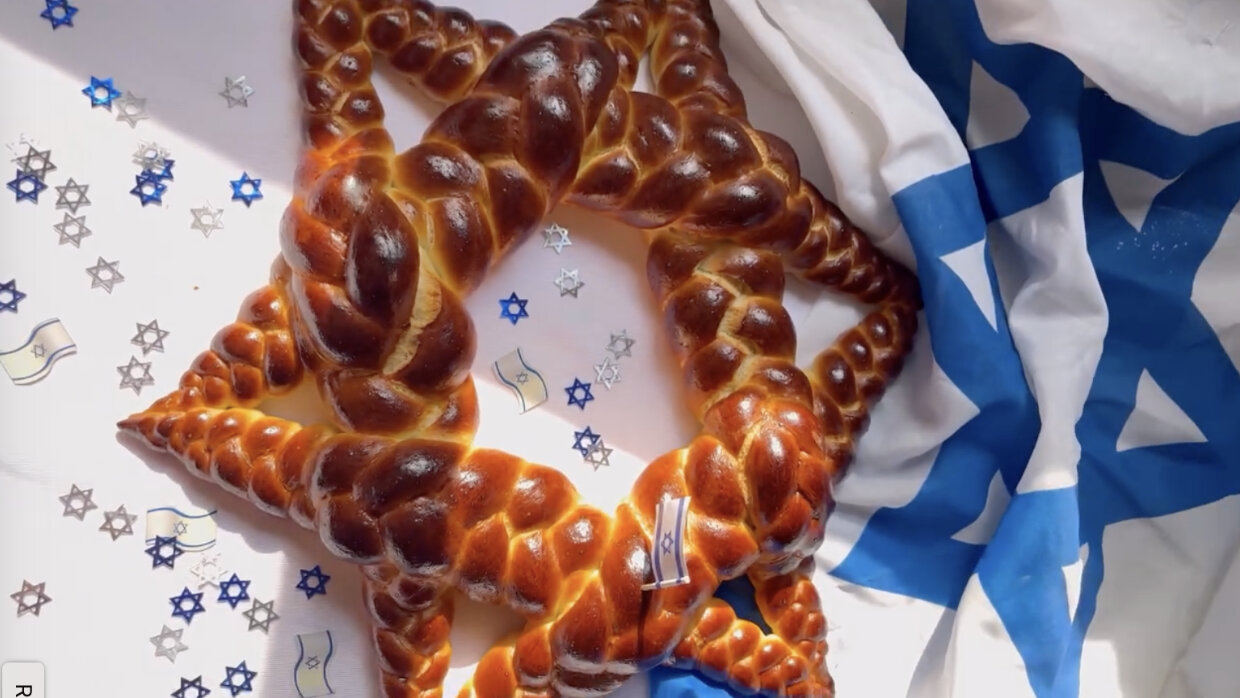Many spend the night after Passover clearing up their Passover dishes and reorganizing their kitchen, others go out for pizza and pasta, but in our house I am getting ready for mimouna (mee-moo-nah).
The moment Passover ends, I head straight to one of the grocery stores owned by non-Jews to buy the ingredients I need to make moufleta pancakes and sfenj donuts. Two Moroccan specialities that are the highlight of the special festivities.
Back in the day, in Morocco, before the founding of the State of Israel, Muslim neighbors would often bring flour to their Jewish neighbors after Passover and receive thanks in the form of some yummy moufleta, not sure how often that happens anymore.

What is Mimouna and why do we do it?
Mimouna is often the night after Passover ends, but it can also be celebrated the next day. Before going into what we eat at a mimouna, I should explain why we make a mimouna in the first place.
As with many Maghrebi traditions, the exact background of the mimouna and its customs, if you will, were not well recorded. Speaking to family, Moroccan friends, and Sephardic rabbis in South Florida, the reason I’ve heard most often is that the word mimouna is related to the Hebrew word “emunah,” meaning belief. Passover is the time the Jews were redeemed from their exile in Egypt, so, according to some opinions, it is also the time the Jews will receive their final redemption. With Passover over, having a mimouna shows that we still believe God will redeem us.
There is another explanation I love that I wanted to share. I heard it this year from a Moroccan-Jewish friend who grew up in Brazil. He says the mimouna is a sign of friendship. During Passover, every family has different levels of observance. Because of this, most people do not accept invitations from others during the holiday. Once Passover ends, friends reunite and many go from house to house eating foods at each one to show their love and trust in each other. In fact, this custom is still widely practiced to this day. Hopping from home to home, family and friends greet one another with tirbechu utisadu, which means "mingle and dine."
Flavors of the Mimouna
Upbeat, traditional Moroccan music sets the mood for a party. The scent of anise lingers in the air from the Arak spirit served chilled in shot glasses. Wisps of steam rise up from cups of sweet mint tea. Though it is certainly not a requirement, I find that using a festive Moroccan tea set with colorful, gold-decorated glasses adds a nice touch to the meal. My husband and I will also wear jalabiyot, traditional Moroccan kaftans with intricate embroidery.
The table is rich with mostly sweet foods, which vary from family to family.
Some prepare almond paste cookies in different pastel shades, and ma'amoulim, soft cookies with a satiny date filling. My husband's grandmother used to make sweet couscous with a sour dairy dressing, fish, fava beans, and jams from vegetables such as eggplants.
Some of the dishes are made during Passover, but the ma'amoulim, couscous, moufletas, and sfenj are all prepared with flour after the holiday is over. That doesn’t mean you have to go crazy making it all in a few hours. You can celebrate mimouna the next day or simply prepare one special dish with flour.
The main thing is to eat chametz at the mimouna. The chametz of choice, usually found at all mimounas is the moufleta, a thin, pastry-like, pancake, which is not sweet, but is often served with honey.
Get my recipe for moufleta here.















